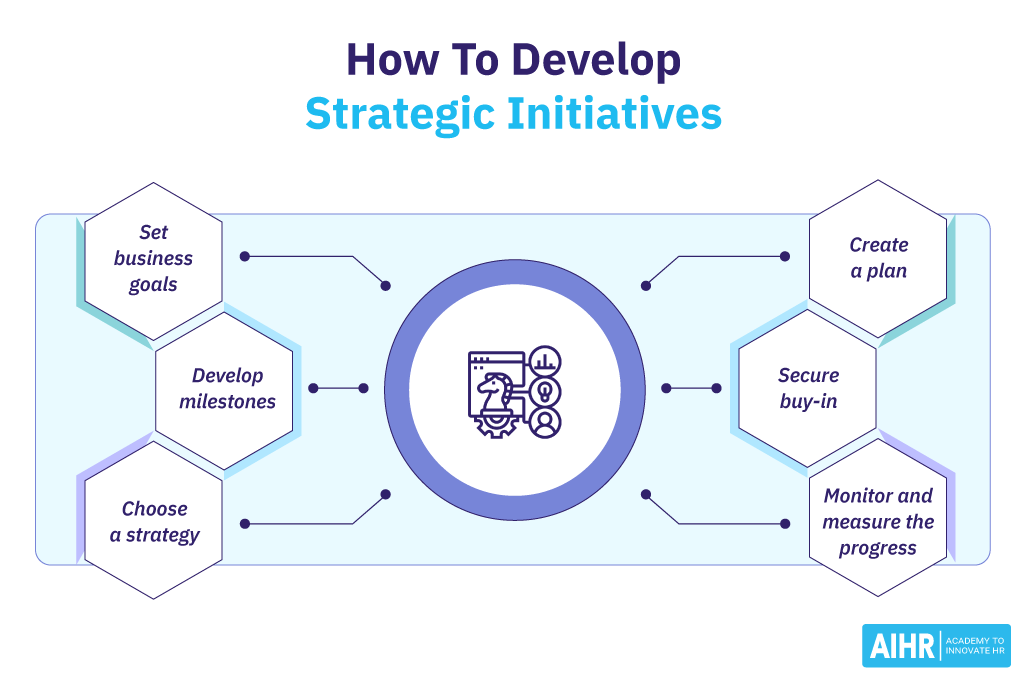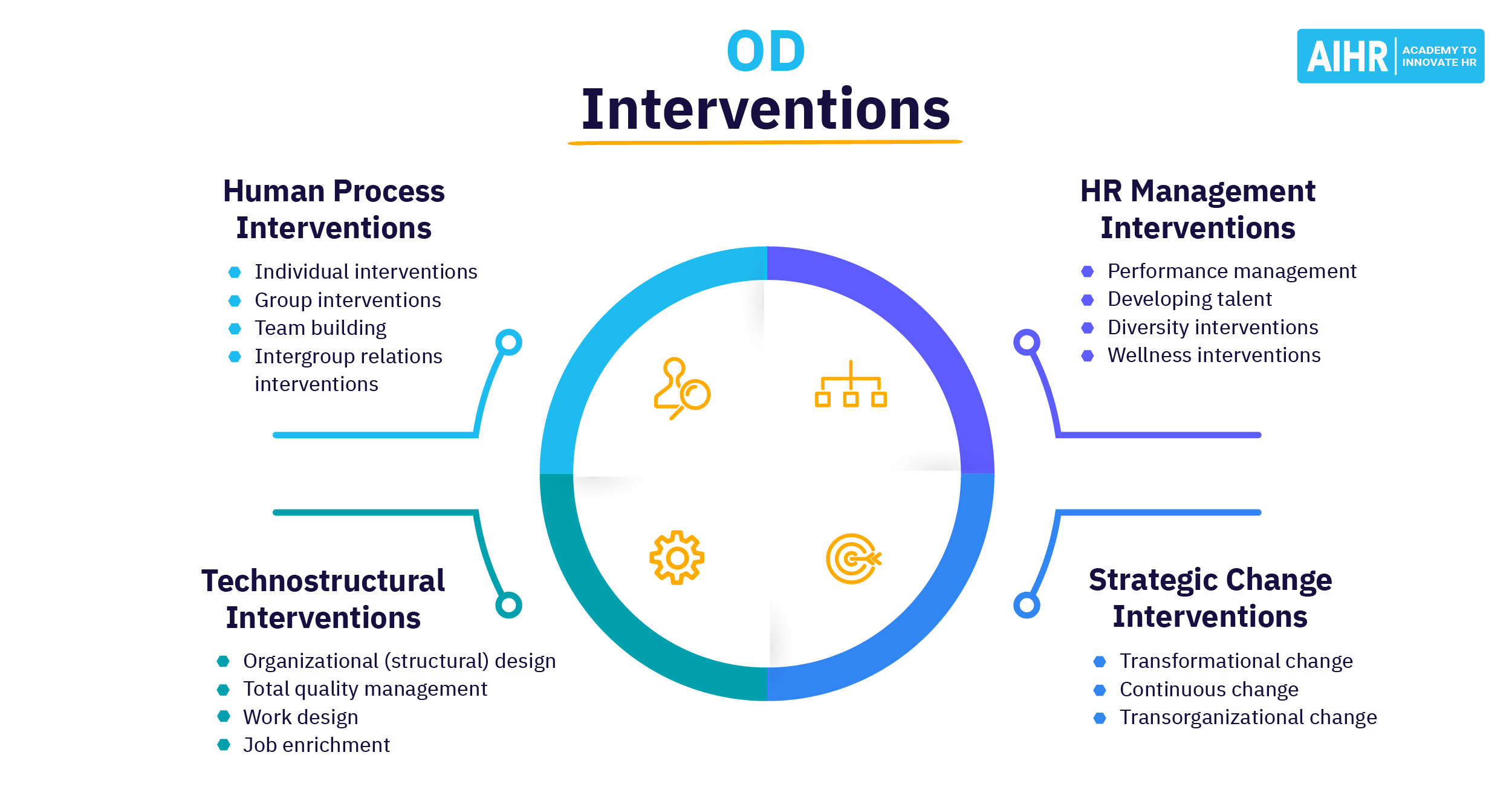Strategic Initiatives
What is a strategic initiative?
A strategic initiative is an action-oriented and measurable goal set to achieve specific objectives and a long-term vision for improvement. The success of the set strategic initiatives depends on deciding the goals you want to accomplish and what the bottom line means. You can achieve the desired outcomes by determining the maneuvers and actions required for success.
A typical strategic initiative for organizational development will include multiple projects. Organizations can also set out several strategic initiatives to achieve a larger and more visionary goal.
Before you implement a strategic initiative in your organization, it is best to analyze the existing projects, determine how well they align with your goal and eliminate tasks that will not impact them.
The top characteristics of the strategic initiative are:
- Well-defined goals
- Budgets
- Timelines and milestones
- Practical steps to achieve desired goals
- Measuring to gauge the progress
What are examples of strategic initiatives?
Examples of strategic initiatives vary widely depending on the organization’s type, markets, functions, and people. These include:
- Creating and implementing a social media campaign to boost brand awareness
- Developing the next generation of products through a research effort
- Acquire or merge critical raw material supplier
- Pursue low-cost production proactively as the top strategic priority
- Decrease outsourcing by launching a strategy
- Increase service offerings and online products
Types of strategic initiatives
Several kinds of strategic initiatives, undertakings, and actions exist. Some of the top categories include:
Corporate level
These strategies address the issues surrounding the market your organizations compete in. For example, a software development company focusing on mobile OS may want to expand into mobile manufacturing. They can achieve this by partnering with another established manufacturer or developing their own hardware.
Functional level
Functional levels refer to teams or individual departments within the organization. The strategic initiative at this level aims to enhance processes that contribute to corporate and business-level strategies.
Business level
These strategies involve action to succeed in your existing market. Organizations’ major issue at the business level is standing out amidst stiff competition. The strategy you set should increase brand awareness and generate more sales.
Corrective
Corrective initiatives address issues existing in your company to fix or eliminate them. The initiatives are usually short-term to allow teams to focus on larger and more complex strategic initiatives as soon as they remove issues that can hinder development.
Innovative or disruptive
Innovative initiatives aim to implement breakthrough ideas or products that influence other organizations. For example, an organization may use online streaming video instead of traditional television advertisement.
Defensive
Defensive initiatives ensure your organization maintains existing advantages or current position in the market. While the major purpose is to defend against competitors, it can involve setting new methods and strategies to boost development.
What is the difference between initiatives and strategies?
The major difference between initiatives and strategies is that initiatives are usually the beginning or start of a project. Ideally, it is the first move you undertake to create a plan.
On the other hand, a business strategy is the science and art the team will apply to the overall planning and the journey toward achieving that goal.
How do you develop strategic initiatives?
The steps to developing strategic initiatives include:
1. Set business goals
The goals you want to achieve will determine your plan for the right strategic initiatives. Determine the projects that will bring your organization closer to its visions and the gaps that hinder the realization.

2. Develop milestones
The milestones are the checkpoints you stop to assess your progress. Completing one milestone brings you closer to realizing your goals, and you can optimize your strategies to complete all the milestones.
3. Choose a strategy
The strategy is the vehicle that moves you toward achieving your goal. It usually involves several ventures. The strategy will also set your team’s activities framework for accomplishing the goals.
4. Create a plan
The plan defines the steps your team will take to accomplish business goals. Each plan should have a deadline, who’s responsible for completing it, and the overall duration of the entire project. After writing the plan, share it with the employees, executives, and other stakeholders to ensure everyone knows the roles and activities.
5. Secure buy-in
Carrying out the plan requires you to get support from the board members, other senior leaders, and key organizational stakeholders. The best way to get this support is to show the plan’s benefits, including the financial and emotional benefits the organization will achieve.
6. Monitor and measure the progress
After securing the buy-in from stakeholders and executing the plan, it’s best to keep track of the progress. Instruct the superiors and managers to report regular summaries after completing milestones.
Key takeaway for HR
Most strategic initiatives will require a diverse team with the right mix of talent and determination to achieve your organization’s goals.







